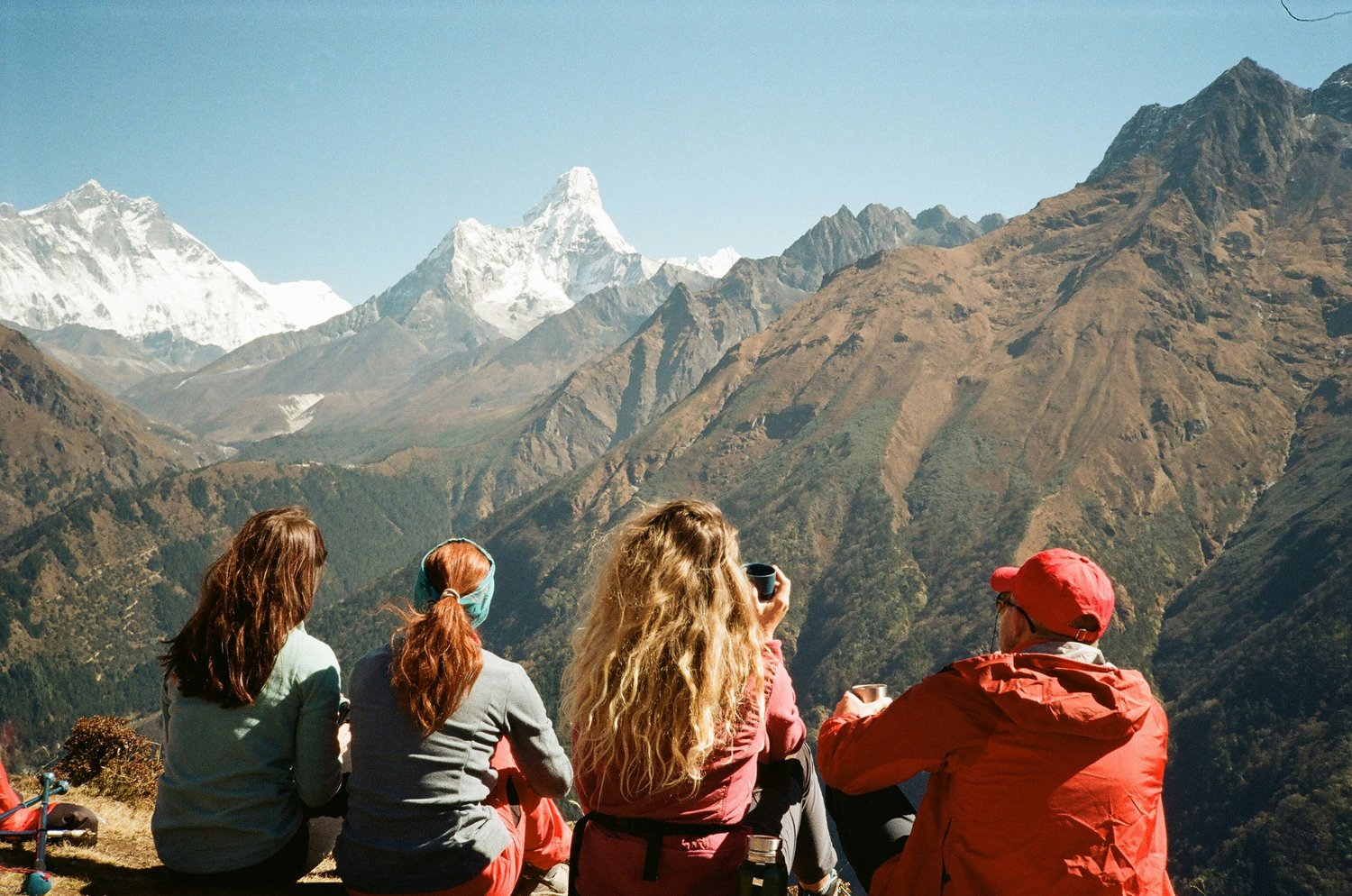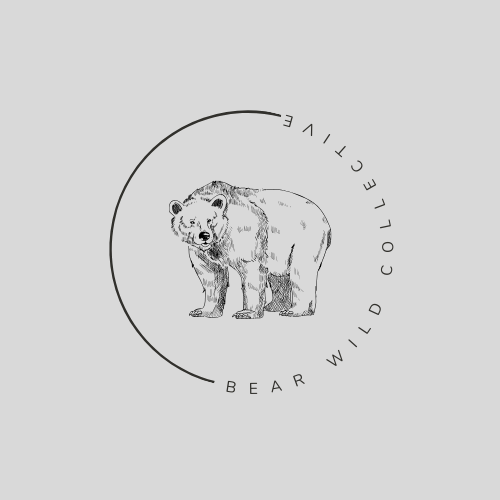We should start up by saying - careers in the wildlife sector are varied and diverse, so no two roles will be the same. But in general, wildlife careers are often romanticised in popular media, with depictions of glamorous fieldwork, exciting travel, and thrilling encounters with exotic animals. However, the reality of working in wildlife conservation and management is far more complex and challenging than many might assume. We don't want to put anyone off, this is a brilliant and rewarding sector to work in, but a healthy dose of reality is valuable to ensure you know what you're getting into!
See our Wildlife Career Accelerator for inspiration and to discover diverse job types for every skill set.

[Credit Marina Zvada]
Myth 1: Wildlife Careers are Constant Adventures
One of the most common myths is that wildlife professionals spend their days in idyllic locations, surrounded by breathtaking landscapes and rare species. While fieldwork can be incredibly rewarding, it’s also physically demanding and often takes place in remote, uncomfortable environments.
Field biologists and researchers might spend weeks in the rainforests, deserts, or swamps, battling the elements, facing harsh weather conditions, and dealing with insects, extreme temperatures, and challenging terrain. Additionally, studying wildlife often requires long hours of observation, data collection, and sometimes working at night or in difficult conditions to track species or gather data. It's not all about exciting animal encounters; much of the job involves tedious tasks like counting populations or setting up equipment in the field.
Myth 2: You’ll Always Be Working with Cute and Charismatic Animals
While it’s true that many wildlife professionals work with fascinating creatures, they often deal with less glamorous species, such as insects, rodents, or invasive plants. Additionally, not every wildlife job involves direct interaction with animals. Many conservationists focus on habitat restoration, ecological monitoring, or environmental policy, which are critical to conservation but don’t necessarily involve hands-on animal work. Wildlife professionals also spend a lot of time advocating for species protection, often dealing with complex issues such as habitat loss, human-wildlife conflict, and poaching. These are important, yet challenging aspects of conservation that aren’t often depicted in films or TV shows.
Myth 3: Wildlife Careers Mean Constant Travel
While working with wildlife may seem like an opportunity to travel the world, the reality is more nuanced. Some roles, such as ecotourism or wildlife conservation consultancy, may involve travel, but many positions are based in specific regions, requiring long-term commitment to a local area. For example, working for a national park or wildlife sanctuary means staying in one location to manage ecosystems, monitor populations, or enforce regulations. In some roles, travel may be more limited or focused on specific field sites. While international assignments and travel opportunities do exist, they may not be as frequent as some expect. Wildlife professionals often spend more time in offices, conducting research, writing reports, and engaging in advocacy efforts.
Myth 4: Wildlife Jobs Are Easy and Always in High Demand
Another misconception is that wildlife jobs come easily to those 'following their passion' and that there’s always high demand for conservationists. In reality, the wildlife sector is highly competitive, and many positions require advanced degrees, specialised skills, and years of experience. The job market can be tough, and many roles are project-based or underfunded, with limited financial compensation. Networking and gaining practical experience through internships or volunteer work are crucial to securing a job in wildlife conservation. Moreover, many wildlife professionals have to work long hours for relatively low pay, especially when starting out in the field.
Myth 5: Wildlife Conservation is About Saving Animals Alone
While the protection of individual animals is a key component of wildlife conservation, the field is far broader than simply "saving animals." Conservation professionals must also address broader ecological issues like climate change, habitat degradation, and biodiversity loss. They must work with communities, governments, and businesses to create sustainable policies, design protected areas, and promote environmental stewardship. This often involves difficult and delicate negotiations, as conservation efforts need to balance the needs of wildlife with the interests of local communities and industries. Understanding the socio-economic and political dimensions of conservation is crucial to finding long-term solutions.
Wildlife careers are diverse, rewarding, and vital to protecting the planet’s biodiversity, but they also come with challenges that are often overlooked. They’re not all about glamorous animal encounters or globe-trotting adventures. Wildlife professionals must be adaptable, resourceful, and passionate, as they work in a range of roles—from fieldwork to policy advocacy—facing difficult working conditions and addressing complex environmental issues. By understanding what wildlife jobs are really like, aspiring conservationists can better prepare for the rewarding, yet demanding, path ahead.



